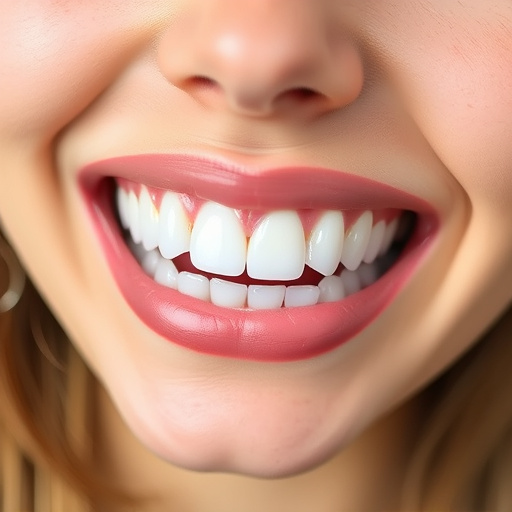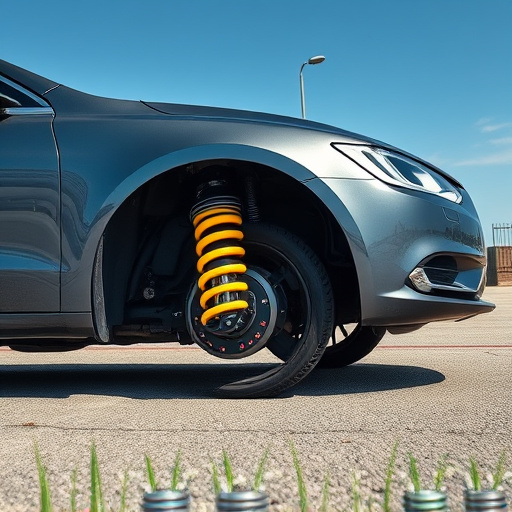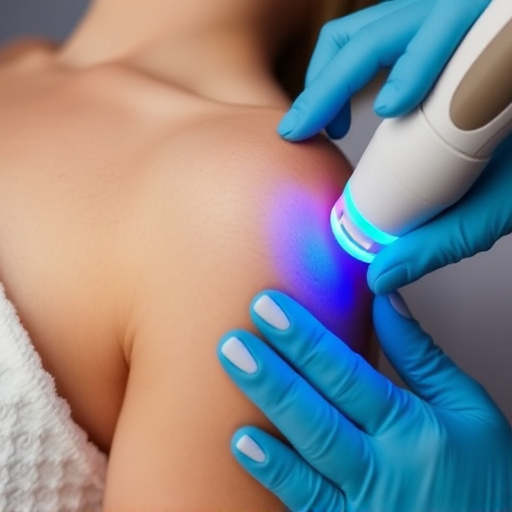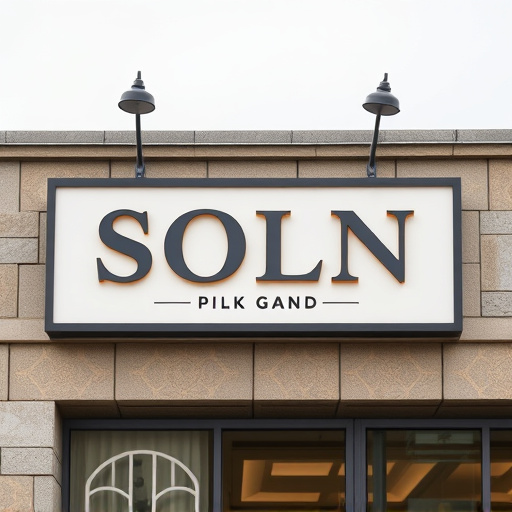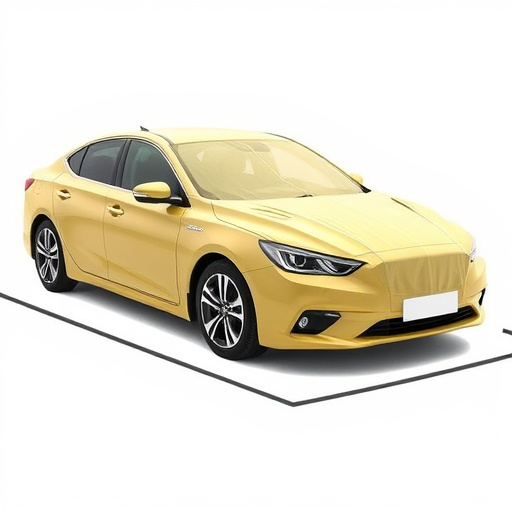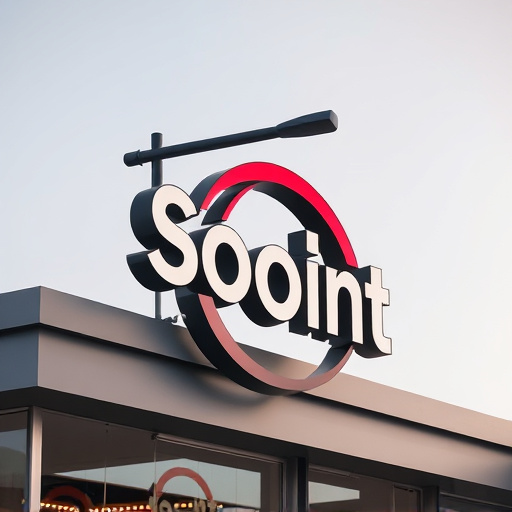Swirl marks, caused by various environmental factors, range from mild to severe. Light swirls can be treated with regular cleaning, while deep marks may require professional polishing using appropriate pads that manage heat for safe removal. A multi-step approach includes washing, assessing severity, choosing correct pad material, and considering protective coatings or wraps for extended finish life.
Understanding pad selection is crucial for effective swirl mark removal. This guide explores the intricate process of identifying various swirl mark types, delving into their causes, and highlighting how the right pad choice can significantly impact cleaning success. Learn about proven strategies to eliminate stubborn swirl marks, ensuring a flawless finish for your surfaces. Discover expert tips on navigating the world of swirl mark removal for optimal results.
- Identifying Swirl Marks: Causes and Types
- The Role of Pad Selection in Removal
- Effective Strategies for Swirl Mark Elimination
Identifying Swirl Marks: Causes and Types
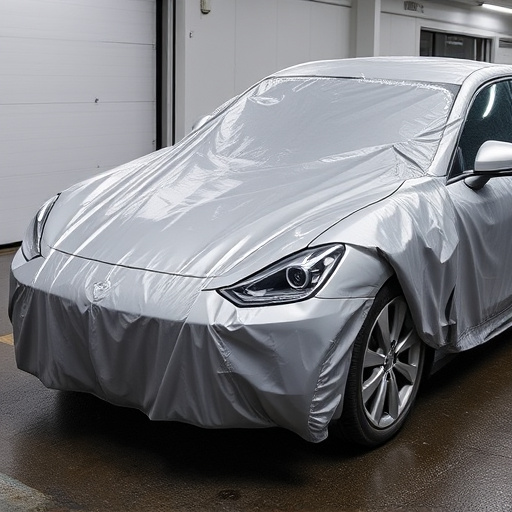
Swirl marks, also known as swirls or scratches, are unsightly defects that can mar the surface of a vehicle, impacting its aesthetic appeal and even its value. Identifying these marks is the first step towards effective swirl mark removal. Swirl marks can be caused by various factors, including bird droppings, tree sap, bug splatters, and even minor collisions with other vehicles or objects. They appear as circular or spiral patterns on the paintwork, resembling a swirling effect, hence the name.
These marks come in different types. Some are shallow and light, almost invisible to the naked eye, while others are deep and severe, causing significant damage to the paint layer. Light swirl marks may result from everyday driving conditions, such as minor road debris or weather-related issues. More pronounced swirls often require professional attention for effective removal, ensuring not just visual enhancement but also maintaining the vehicle’s scratch protection and overall car customization or vehicle enhancement efforts.
The Role of Pad Selection in Removal

Pad selection plays a pivotal role in achieving effective swirl mark removal, a process crucial for maintaining the aesthetic appeal of automotive finishes. The choice of polishing pad is a critical factor as it directly influences the level of aggression and material interaction during the removal process. Different pads are designed to cater to various surface conditions and swirl mark severities, ensuring optimal results without causing further damage.
In terms of technology, ceramic window tinting and paint protection film applications can create specific challenges for swirl mark removal. Heat rejection systems, often part of these processes, may lead to heat-related issues that affect the surface. Therefore, selecting pads with appropriate material compositions and grit levels is essential to mitigate these problems. The right pad will facilitate efficient heat dissipation, enhancing the overall effectiveness of the swirl mark removal process.
Effective Strategies for Swirl Mark Elimination
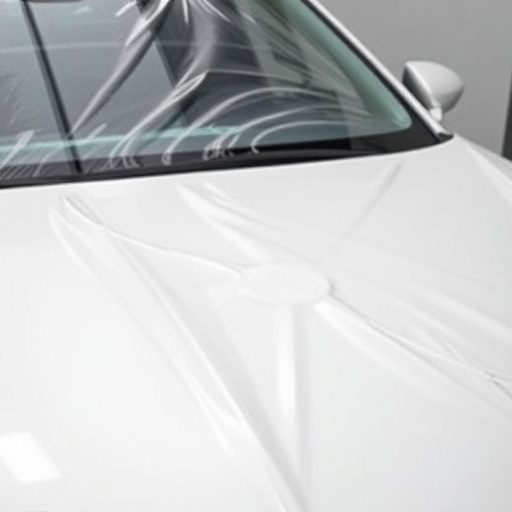
When it comes to effective swirl mark elimination, a multi-pronged approach yields the best results. Start with thorough washing and decontamination to remove surface impurities that can obscure the swirl marks. Next, assess the severity of the swirls – light swirls may require a simple touch-up polish, while deeper, more pronounced marks often necessitate a more aggressive compound or even professional machine polishing for complete removal.
Consider the material beneath the swirl mark as well. For durable solutions on painted surfaces, ceramic coatings offer exceptional heat rejection and protection against future damage. On vehicle wraps, specialized wraps and topcoats designed to resist swirls and scuffs provide a robust defense. Remember, combining these strategies with consistent care can significantly extend the life of your vehicle’s finish and keep those swirl marks at bay.
Understanding pad selection is a pivotal step in effective swirl mark removal. By recognizing the various causes and types of swirl marks, and implementing tailored strategies, you can significantly enhance your surface finishing process. The key lies in choosing the right pads that complement your specific material and desired outcome, ensuring efficient and thorough swirl mark elimination. This systematic approach, guided by informed pad selection, is essential for achieving a flawless, professional finish.
